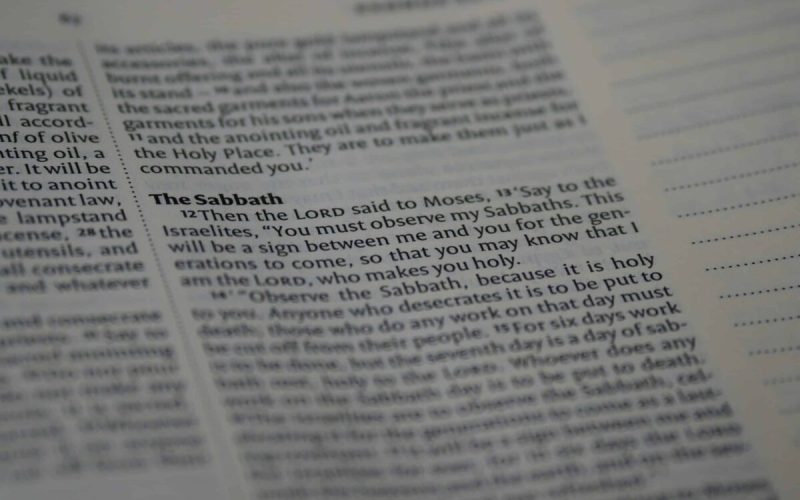Models of the Church is a 1978 book by Cardinal Avery Dulles. He is the brother of John Foster Dulles, and Dulles Airport in Washington, DC, is named after him. So, Models of the Church is the product of a big-thinking family, though Avery Dulles is not as noteworthy as his brother. In Models of the Church, Avery Dulles studies the writings of Protestant and Catholic ecclesiologists and finds six models. The Church’s character can be as an Institution, Mystical Communion, Sacrament, Herald, Servant, or Community of Disciples. Are these models of the Catholic Church useful to you?
Summary of Models of the Church
In Models of the Church, Dulles has a chapter on each of the five models he discusses: church as institution, as mystical communion, as sacrament, as herald, and as servant. Each model has an assessment of its strengths and weaknesses. Then, in Models of the Church, in five additional chapters, Dulles shows how the various models lead to diverse positions regarding acute problems in contemporary theology. Because this topic is so particular to Catholics, the book will only appeal to them.
Dulles does not consider every model equally worthwhile, nor can any single model express the mystery of the Church since the critique of models requires an understanding of the realities of faith. Dulles then suggests more objective criteria for their evaluation: their basis in Scripture and in Christian tradition, their capacity to give church members a sense of their corporate identity and mission, their fruit-fulness in enabling Christian believers to relate successfully to other religious traditions.
Models of the Church is excellent in categorizing ecclesiological types. It has 275 footnotes and is thus well-referenced. Dulles concludes, “The method of models or types, can have great value in helping people to get beyond the limitations of their own particular outlook and to enter into fruitful conversation with others… Such conversation is obviously essential if ecumenism is to get beyond its present impasses.”
Avery Dulles Biography
Avery Dulles an American Jesuit priest, theologian, and cardinal of the Catholic Church. Dulles served on the faculty of Woodstock College from 1960 to 1974, of the Catholic University of America from 1974 to 1988, and at Fordham University from 1988 to 2008. He was also an author and lecturer.
Avery Dulles was educated in New York City at St. Bernard’s School and attended secondary schools in Switzerland and the Choate Rosemary Hall in Wallingford, Connecticut. He then enrolled at Harvard in 1936. Dulles was raised a Presbyterian but lost his faith when he was a student at Harvard. His religious doubts were diminished when he stepped out into a rainy day and saw a tree beginning to flower along the Charles River in Boston. After that moment, he never again “doubted the existence of an all-good and omnipotent God.”
When he left the Navy in 1946, Dulles entered the Society of Jesus and was ordained a priest in 1956. Although Jesuits make a promise not to pursue ecclesiastical dignities, Dulles was made a cardinal on February 21, 2001, by Pope John Paul II. In his later years, Dulles lived with the effects of polio he had contracted in his youth. On April 1, 2008, Dulles gave his farewell address at Fordham University and was unable to speak,
On April 19, 2008, Pope Benedict XVI visited Dulles during his visit to the United States. Dulles prepared his written remarks to the pope prior to the visit. Dulles died at the ripe old age of 90 on December 12, 2008, at Fordham University in the Bronx, New York. He was buried in the Jesuit cemetery in Auriesville, New York.
Conclusion
Models of the Church is a dense and well-researched book that will only appeal to Catholics. For Catholics looking to deepen their understanding of the Catholic Church this is a good book to read, but it will only apply to Catholics. It is a relatively brief book with less than 200 pages before all of those references. Models of the Church is also of interest because Avery Dulles is so noteworthy. He came from a prominent family and rose to the position of Cardinal in the Catholic Church.








